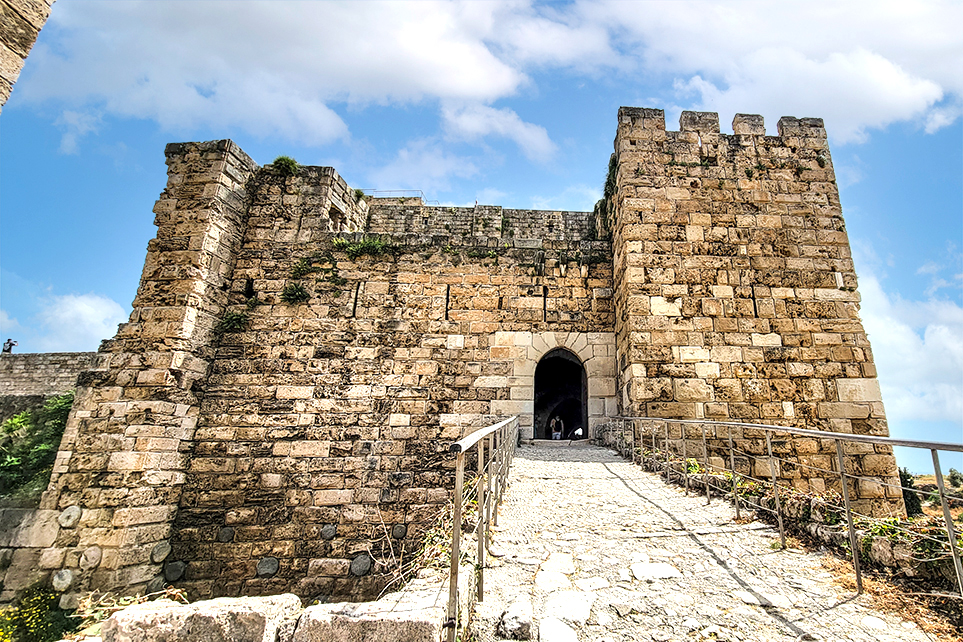
Byblos is one of Lebanon’s most symbolic cities to visit, known as the modern-day city of Jbail. It is regarded as one of the longest (8000-7000 BC) continuously inhabited cities in the world. Aside from its obvious small-town Mediterranean charm, Byblos has plenty to entice visitors within its Medieval city walls. Travelers will discover a picturesque harbor, souks, traditional Lebanese houses, historical mosques, a wax museum, and a fossil museum, St. John-Mark Church from the Crusaders-era, St. John the Baptist Church, and Byblos Castle.
HISTORY
During biblical times the city was known as Gebal, an ancient seaport located on the coast of the Mediterranean Sea, about 20 miles north of the modern city of Beirut. The name Byblos is Greek. Because the papyrus was one of the principal articles in its trade, the Greeks took the name of the city as their word for books – biblos – and from their word for books named our Bible – to Biblia- which means ‘the books.’ (source)
The cedars of Lebanon were a highly prized commodity. Several countries and especially Egypt used cedar woods for construction materials. Because of this, Byblos was the chief harbor for exporting cedar and other valuable woods, making it one of the most significant trading centers.
Here Phoenicians became well known for their ship-building skills and craftsmanship of the shipyards, while sailors earned their name as ‘princes of the sea’ (referred in the Bible of Ezekiel).
Byblos is the home of the Phoenicians. The sarcophagus (tomb) of Ahiram, King of Byblos, about 1250 BC, was unearthed by a French archeologist in 1923 and discovered the inscription on the tomb written in the Phoenician script. The Phoenicians developed the alphabet in order to communicate with the diverse cultures and tongues of their maritime trading partners. It was only 22 letters based on sound, as opposed to the myriad of symbols in cuneiform and hieroglyphics relevant at the time. The root word phonics or phonetic is from the world Phoenicia. (source)
Byblos was part of numerous civilizations during its history, including Egyptian, Phoenician, Assyrian, Persian, Hellenistic, Roman, Fatimid, Genoese, Mamluk, and Ottoman. Today the city is a UNESCO World Heritage Site.
Old Souks
As you walk the cobblestone streets and admire the old structures, which are reminiscent of the city’s past, you will find lovely small cafes, local shops, and artists along the streets. This is an excellent stop for souvenirs, spices, coffee, or something delicious to eat. As you continue down towards the port, you will find shops selling fossils and a small old church (Lady of Deliverance). Near the pier by the port, you will find many excellent seafood restaurants.
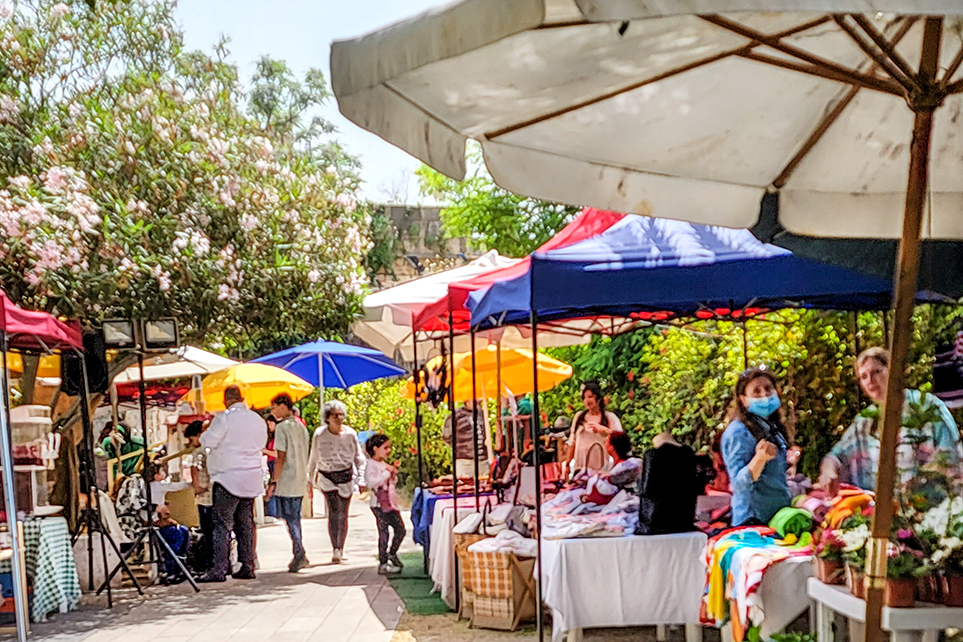
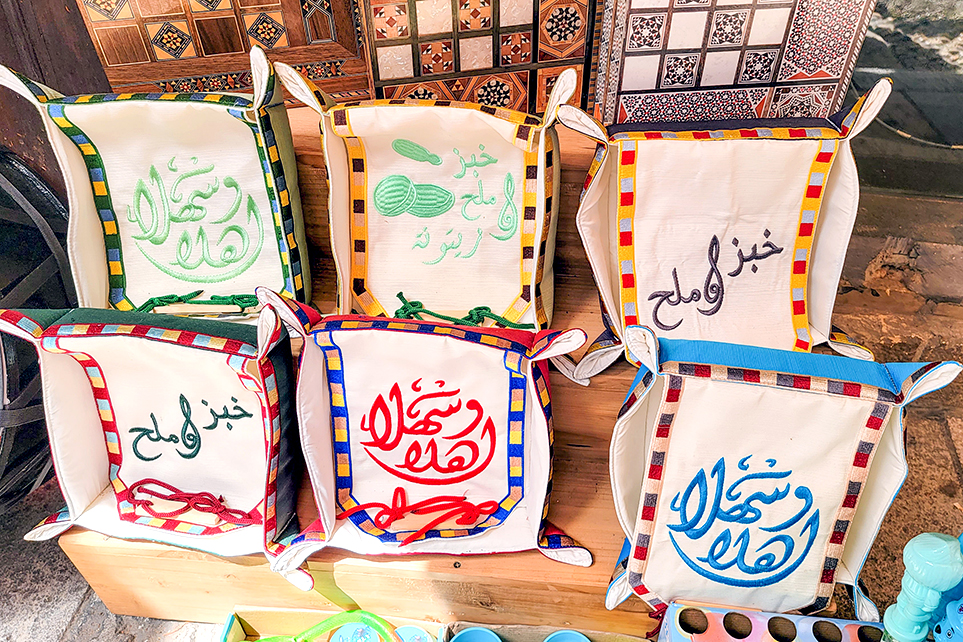
Ancient City of Byblos
A vast archeological site built in the12th century still stands tall at the city’s port. Within sight is the Byblos Castle and many other historical landmarks to explore. The grounds are much more extensive than you would expect, so plan accordingly. I highly recommend taking a guided tour to thoroughly grasp the numerous civilizations that passed through the area.
Some of the major highlights you will see are the Persian fortress (555-332 BC), the main gate (3000 BC) with a skylight, and the remains of the Amorite invasion that took place 2150-2500 BC. However, one most interesting site to visit along the seaside is a traditional Lebanese house from the 19th century of the Canaanite Period.
- Admission: 5,000 LL per person
Here are other major historical ruins to explore:
Obelisk Temple
One of the best-preserved buildings and important Bronze Age temple structures is the Obelisk Temple within the Byblos archaeological site. Over 1500 gold-covered votive offerings in the shape of human figures and weapons were discovered here and are housed in the National Museum today.
The Temple of Obelisk is believed to have been constructed around 1600 – 1200 BC on top of the L-shaped temple. It is thought that the temple was dedicated to Resheph, a Canaanite war god. It is considered one of the most spectacular ancient structures to see in the world.
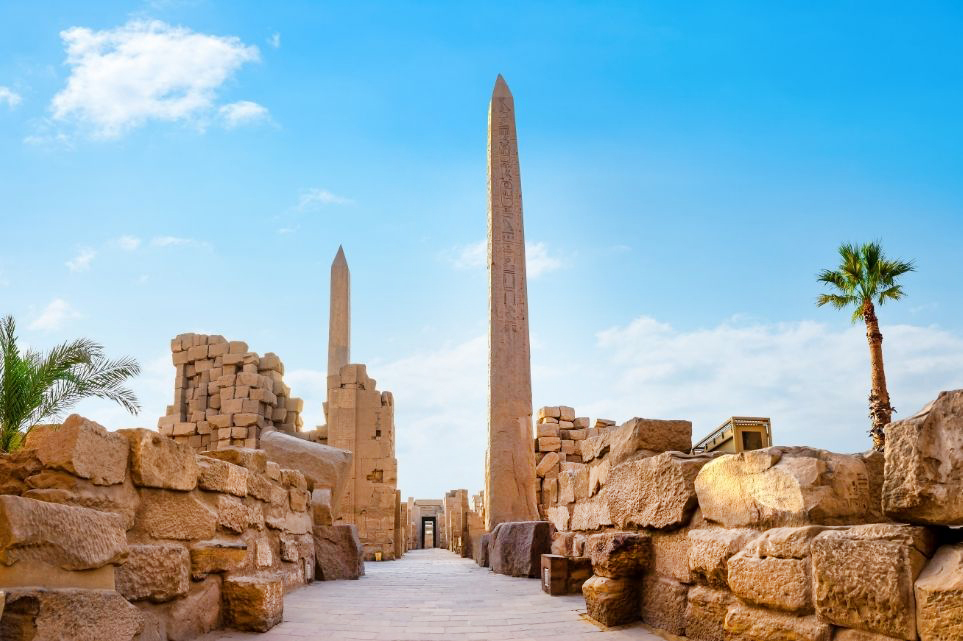
Roman Columns
These columns are remains of the Roman era in Byblos. Approximately 5 meters higher than the Neolithic settlements excavated around the ramparts. The columns are Corinthian in style and made of marble, with Greek-style friezes. The roman colonnade is an active public space and an urban path connecting the old city to the new municipal headquarters.
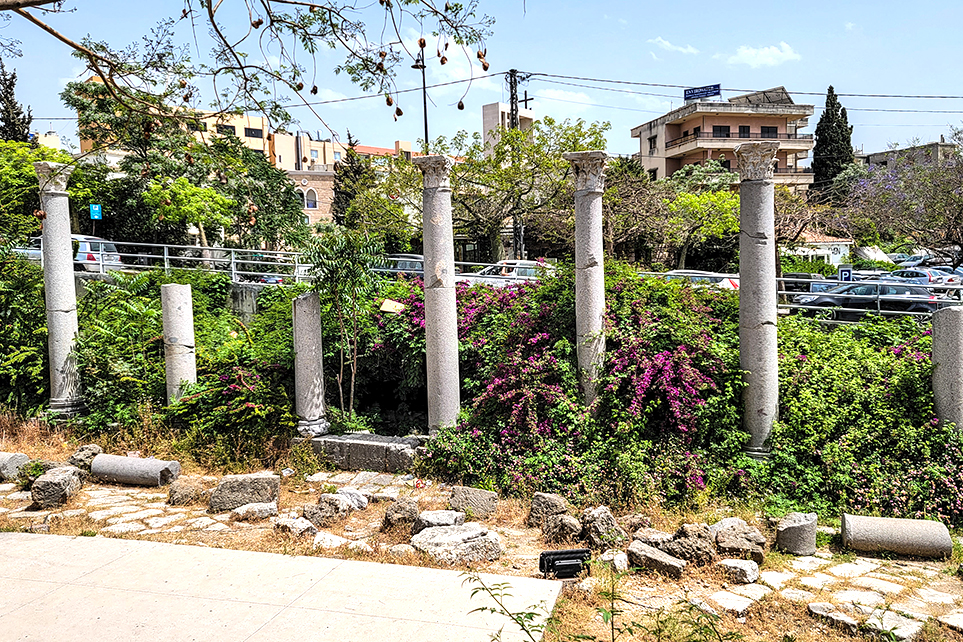
Royal Tombs
The royal necropolis of Byblos is a group of nine underground shaft and chamber tombs housing the sarcophagi of several kings of the city. These tombs date to 1200 BC after a major landslide uncovered their location. Today, these sarcophagi are housed in the National Museum, where you can see King Hiram’s tomb with the earliest Phoenician alphabet inscription in the world.
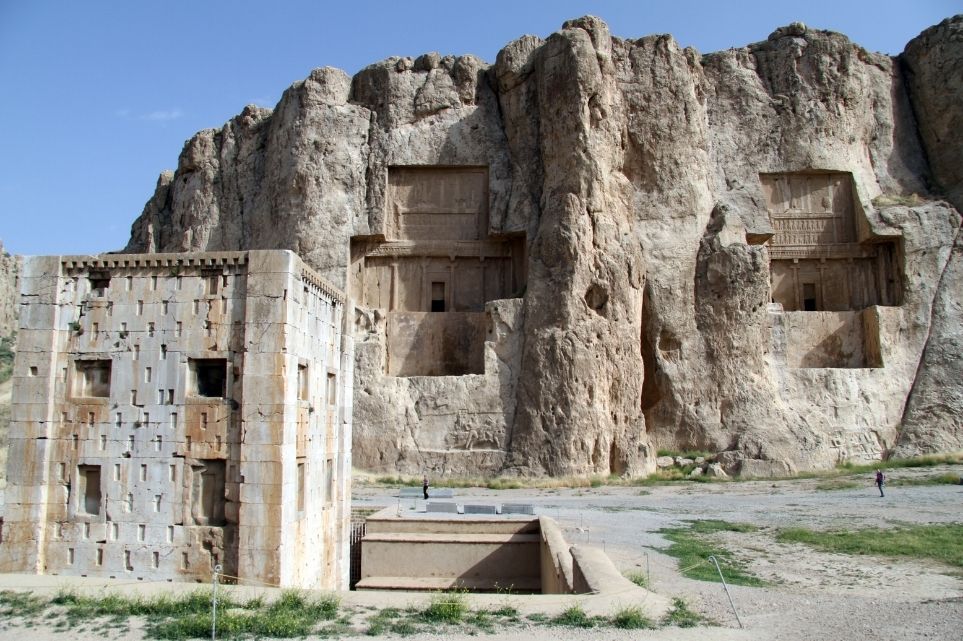
Byblos Citadel (Castle)
Byblos Castle was built by the Crusaders in the 12th century from indigenous limestone and the remains of Roman structures. A moat surrounded the finished structure. It belonged to the Genoese Embiricos family, whose members were the Lords of Giblet (as Byblos/Lebanon was called during the Middle Ages). Saladin captured the town and castle in 1188 and dismantled the walls in 1190.
This impressive structure offers an excellent perspective of the historical periods which left their mark on the castle grounds. Nearby the Byblos Castle stands a few Egyptian temples, the Phoenician Royal Necropolis, and the Roman Amphitheatre.

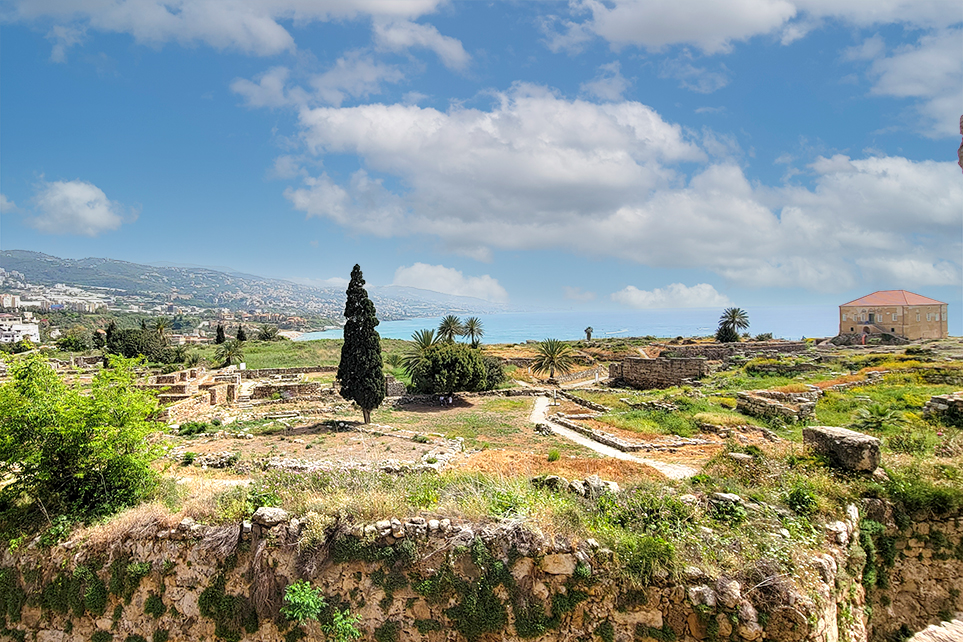
Temple Baalat Gebal
The most important temple in Byblos, dating back to 3000 BC, is The Goddess Baalat-Gebel, with the sun disc on the head, represented in cylindrical Seals found in Byblos. In addition, fragments of alabaster jars with a hieroglyphic inscription from the Pharaohs of Egypt were found in the excavation of the temple and today are housed in the National Museum.
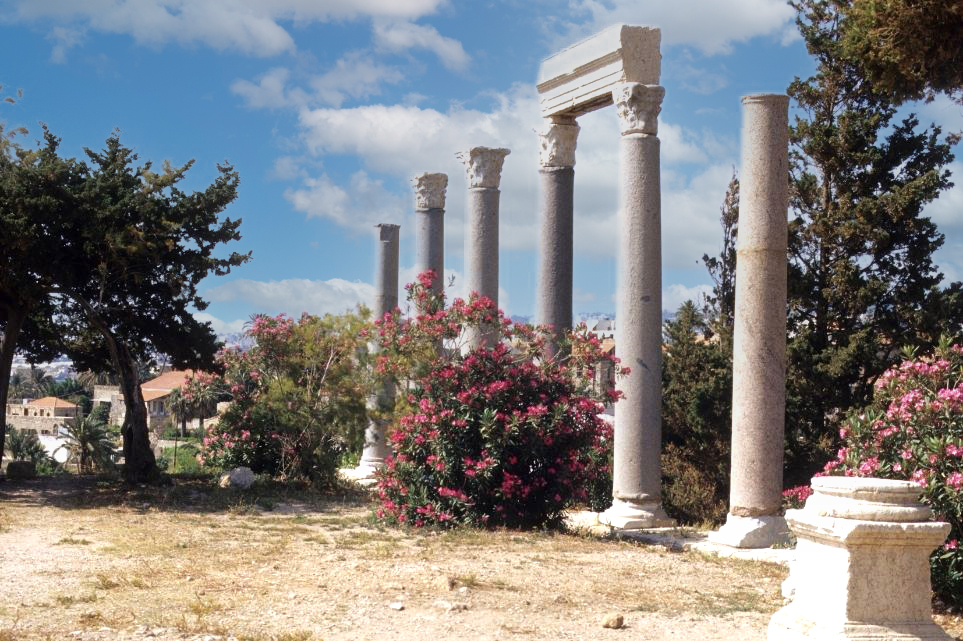
Modern and Contemporary Art Museum
Lebanon’s first Modern and Contemporary Art Museum displays art by many artists in a factory compound on a hilltop near Byblos overlooking the Mediterranean Sea. Its permanent exhibition is a journey through 100 years of sculpture.
- Hours: 10:00 – 16:00
- Admission: 8,000LL per person
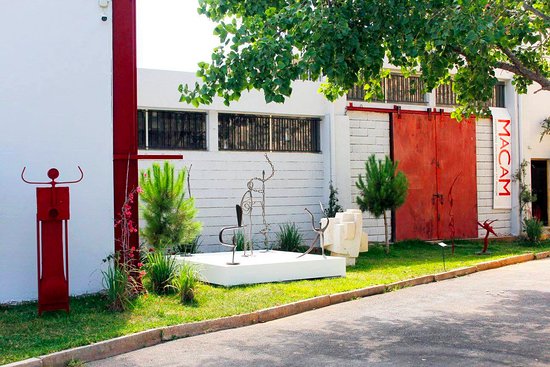
Saint John-Marc Cathedral
Saint John-Marc Cathedral, founded in 1115 AD, is an impressive Romanesque church dedicated to Saint John Mark, the town’s patron saint who founded the first Christian community. Initially, it was the Cathedral of Saint John the Baptist. Visit the surrounding lush gardens with several olive trees.
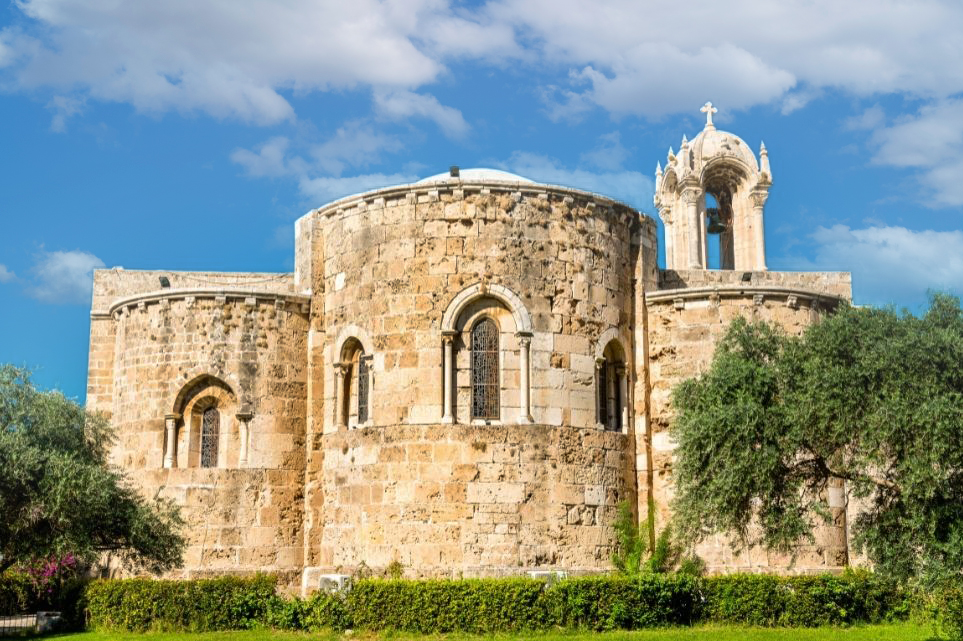
Monastery of St. Maron Annaya
The convent hosts the tomb and life of Saint Charbel, the most famous of Lebanese Saints. To visit the place where he lived and walked is a mesmerizing experience. After you see it, you regain inner peace no matter your religion. Visiting the solitary site where he spent most of his life praying in solitary is a must-stop. No visit to Lebanon is complete without a visit to Annaya.
PSST: HERE ARE SOME OTHER BLOG POST YOU MAY WANT TO CHECK OUT WHILE VISITING LEBANON:
DAY TRIP IN LEBANON
TRAVELS TO SOUTH LEBANON
TRAVELS TO NORTHEASTERN LEBANON
LEBANON’S ANCIENT CITY BAALBEK
TRAVELING IN THE BATROUN DISTRICT
JOURNEY INTO THE CITY OF BEIRUT
THINGS TO SEE IN TRIPOLI
Byblos Wax Museum
The small Wax Museum depicts scenes of the Phoenician period up until modern times. The museum tries to tell the city’s history, from Adonis to Gebran Kahlil Gebran. Although young children might find this place impressive, I say you may want to skip this while touring the city.
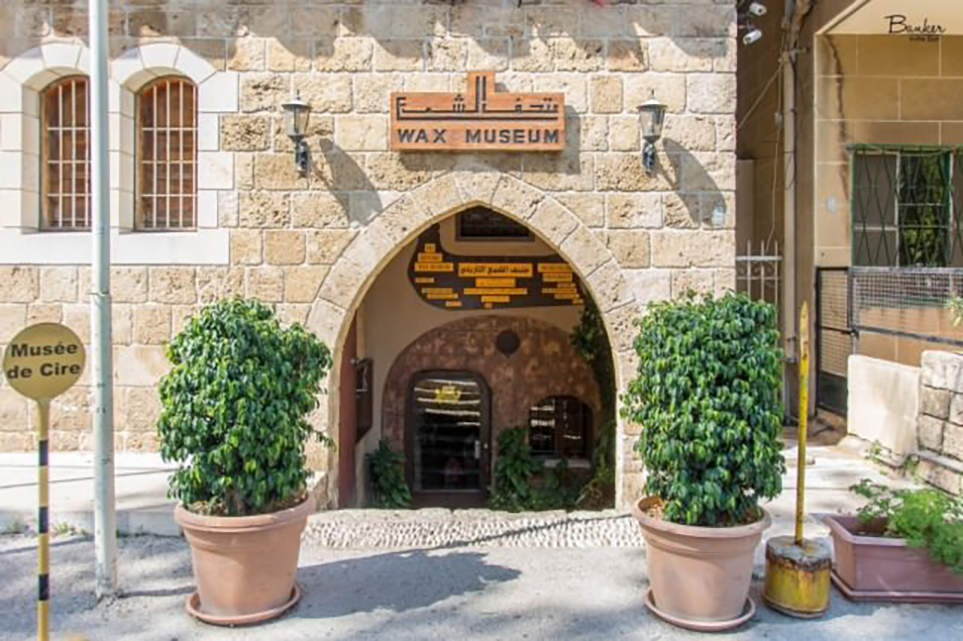
Memoire du Temps (Memory of Time)
One of the richest paleontological sites in the world can be found at the Memoire Du Temps. Make sure to catch a tour guided by Mr. Pierre, who has a true passion and understanding of the history of this site and its diversity. Here you will learn and understand about fossils discovered in this region and the process of extracting and preserving them.
- Hours: 9:00- 18:00
- Admission: Free
Byblos Port
The ancient Phoenician port is one of the oldest in the world! Walk around the harbor and sit down at one of the restaurants offering a spectacular view. You can also rent a boat and enjoy the lovely scenery from the heart of the sea!

Armenian Genocide Orphans’ “Aram Bezikian” Museum
Located not far from the Byblos Castle is the Armenian Genocide Orphans’ “Aram Bezikian” Museum. The museum tells the stories and plights of hundreds of thousands of Armenian Genocide survivors and their history in Lebanon after the dissolution of the Ottoman Empire.
The museum features three exhibits. The first presents the life of Armenians in the Ottoman Empire on the eve of the First World War and the war between the Armenians and the Ottoman Turkish government (1915-1916). The second dramatizes the role of various non-government organizations (NGOs) and western missionaries that helped resettle the surviving orphans in the Middle East. Finally, the third exhibit shows the rehabilitation and settlement of the orphans in their new home in Lebanon.
- Hours: 10:00 – 16:45, Closed on Monday
- Admission: 5000LL per person

Where To Eat
If you are looking for a restaurant that offers delicious food with stunning views then head over to Mahan Ser Mer Restaurant. Many options of mezas to choose from on the menu. The fish dishes are fresh and cooked perfectly. A great place to enjoy a tasty Lebanese meal after a long day of sightseeing.
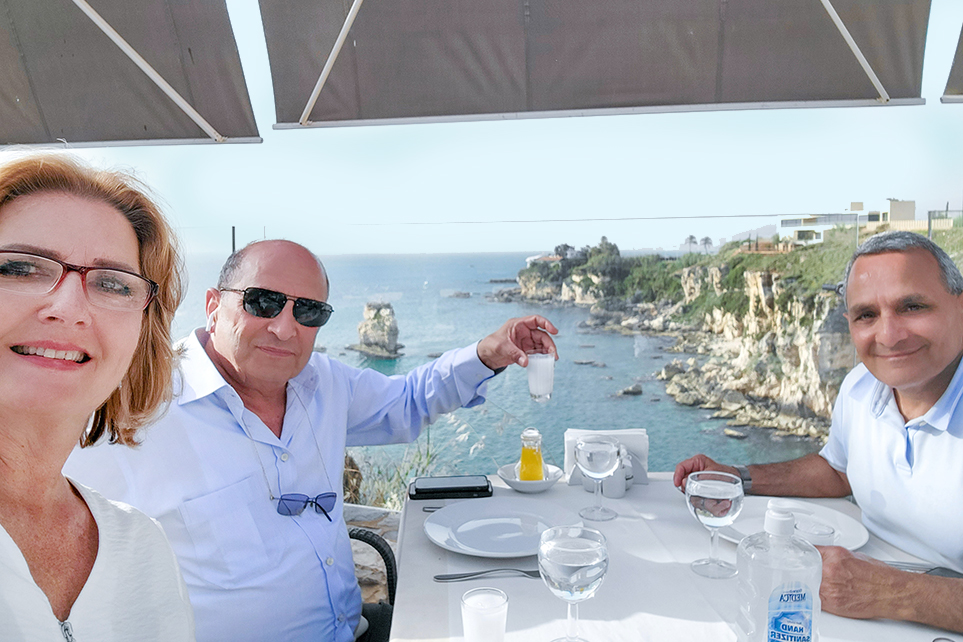
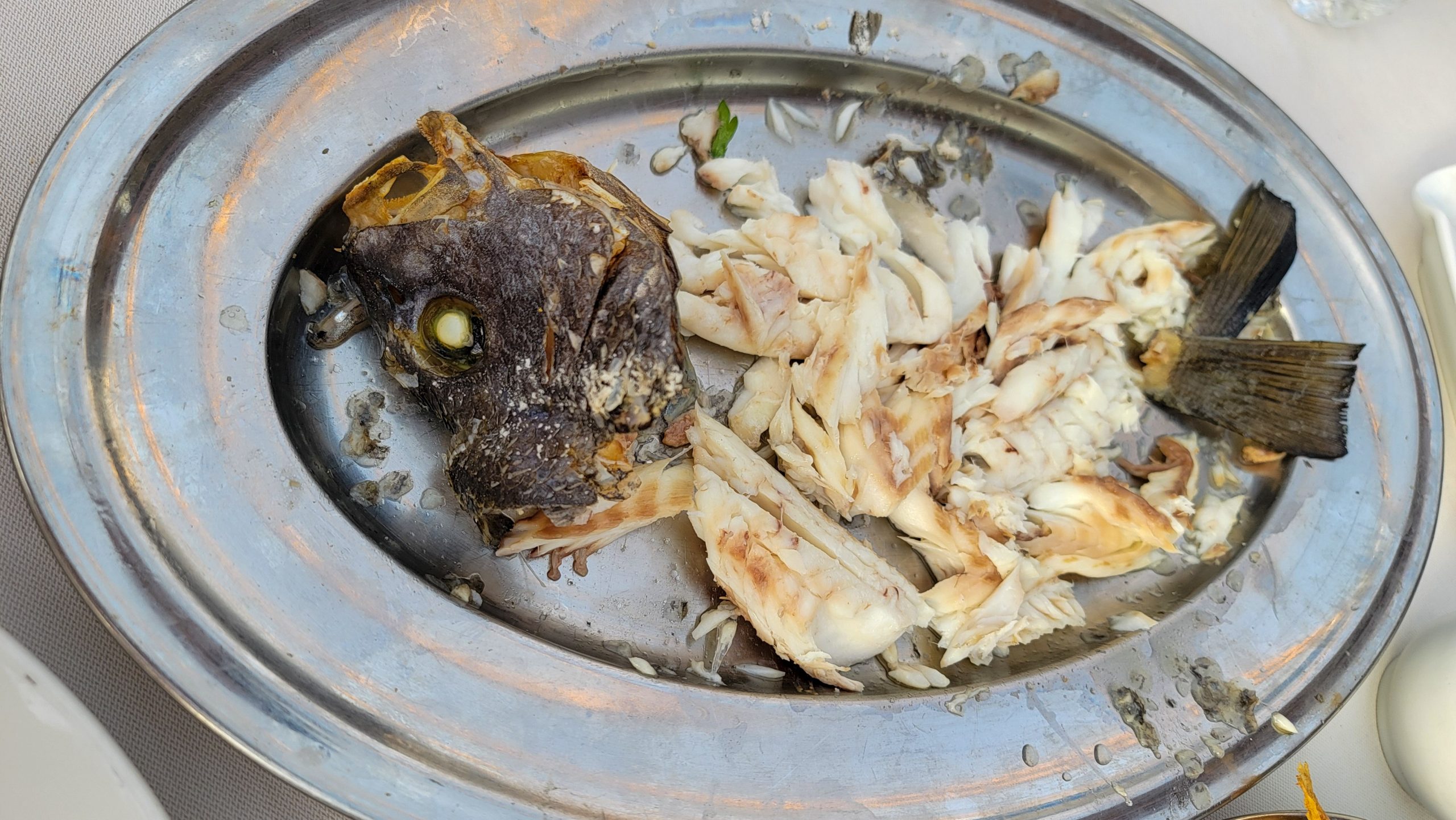
Byblos is one of those magical cities to visit in Lebanon. Only 30 kilometers north of Beirut, it is an excellent day trip activity to explore. This was a highlight of my entire trip to Lebanon.
Enjoy your travels! Please read my blogs about other exciting places around the world at Traveling Lens Photography.
If you want to read more follow me on Facebook, Instagram, or Pinterest as I share my journey.
Happy Travels!




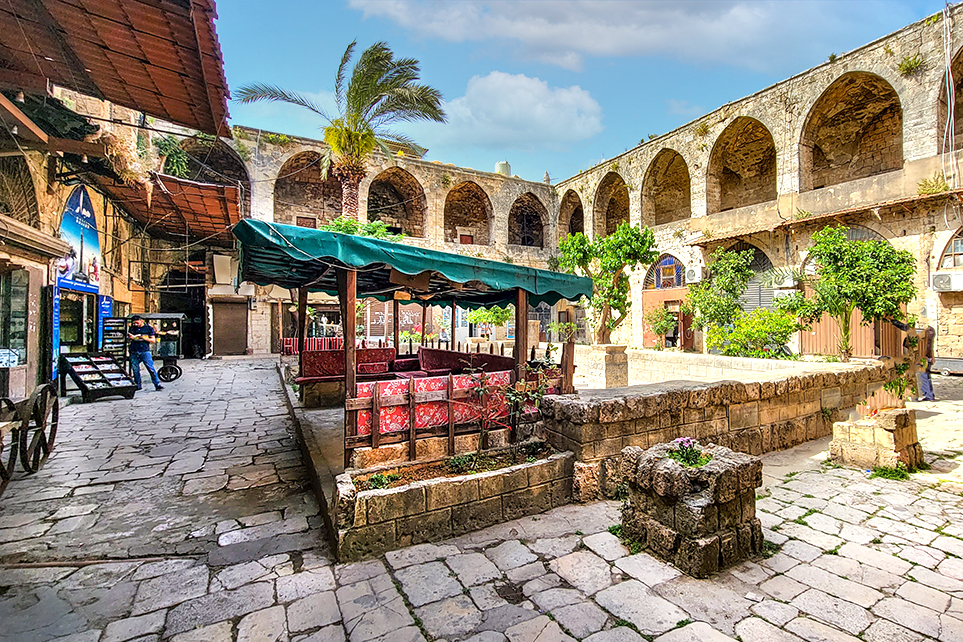
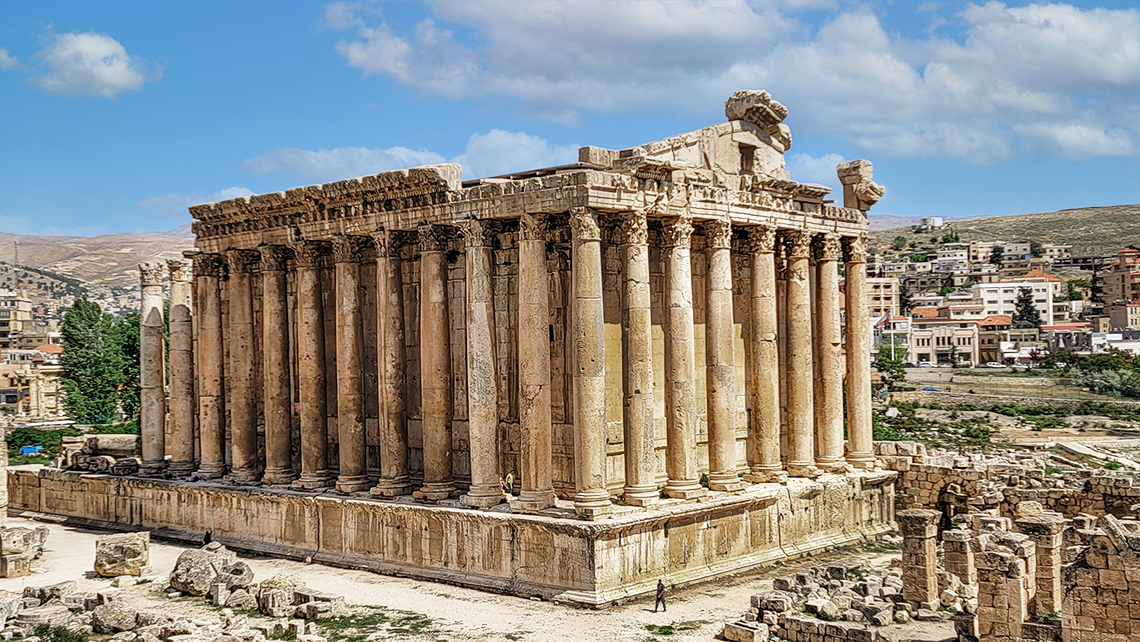
Dani
Great website and a lot of useful information on this blog that were helpful during our trip, thank you for sharing 😉
Lanell Rachid
That is great to hear! I appreciate you comment and please feel free to reach out with any other questions.